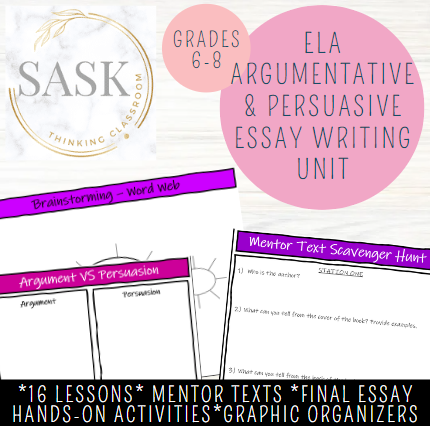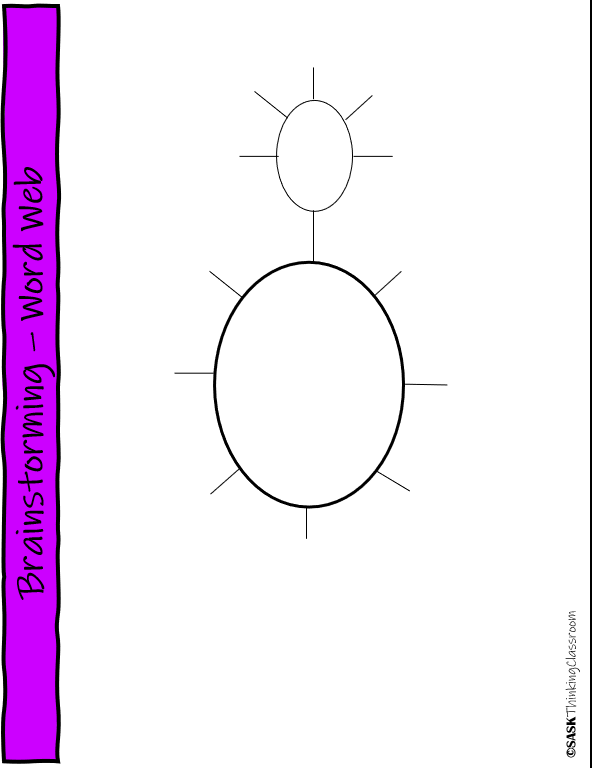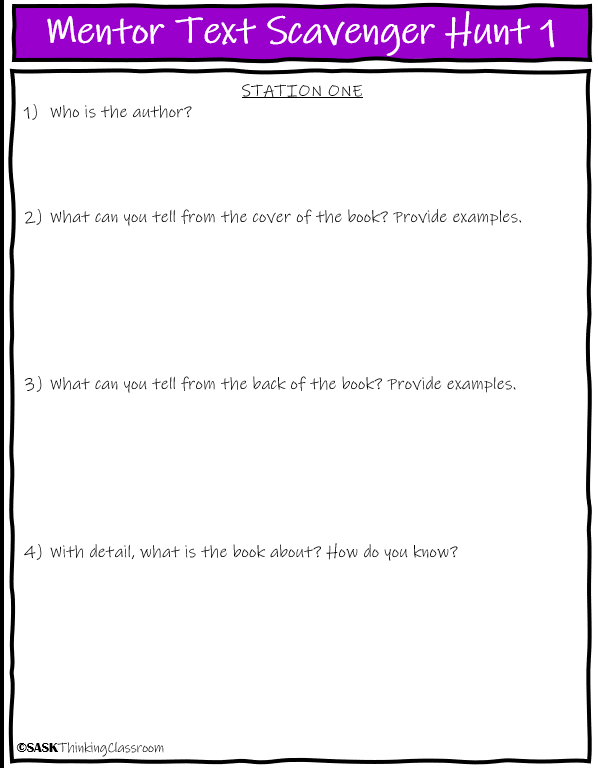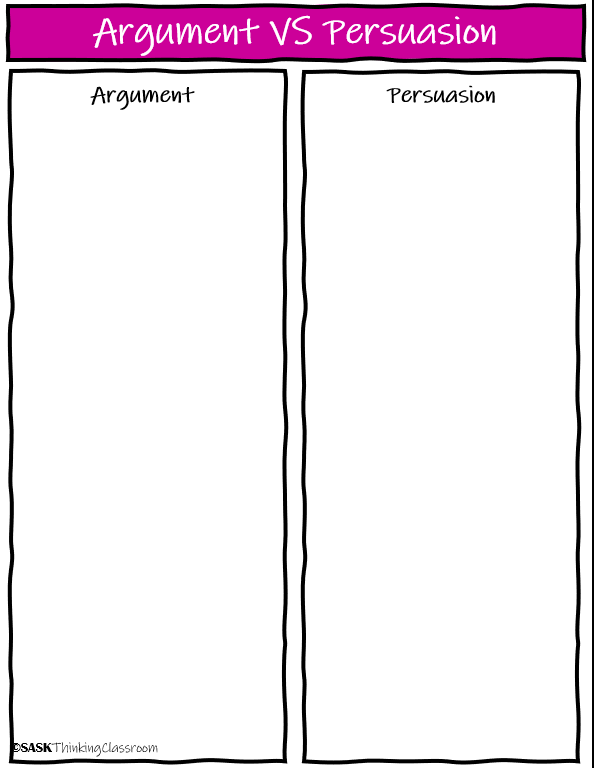Argumentative Essay Writing
This complete ELA writing unit is focused on heroes and influential people and their characteristics. Students work their way through the persuasive/argumentative writing process while simultaneously developing their understanding of what makes a hero/influential person. With 16 engaging lessons, teachers have everything they need at their fingertips.
This unit includes:
- 16 full, detailed lessons
- handouts
- activities
- graphic organizers
- mentor texts
-mentor text suggestions and LINKS
Here is a list of the lessons within the unit:
Lesson 1 – What is a Hero?
Purpose: introducing the theme
includes: group activity, mentor text (link), a handout, work period
Lesson 2 – Characteristics of a Hero
Purpose: introducing the theme
includes: group activity, mentor text (link & reading), a handout, work period
Lesson 3 – Who Can Be a Hero?
Purpose: thinking in new ways about a topic
Includes: group activity, mentor text links, handouts, writing activity
Lesson 4 – Life Events of a Hero
Purpose: writing a piece that is interesting and enjoyable to read
Includes: hook video, reflective activity, mentor text links, brainstorming activity
Lesson 5 – Writing Process - Brainstorming
Purpose: the writing process
Includes: modelled activity for brainstorming, graphic organizer, writing activity
Lesson 6 – Mentor Text Scavenger Hunt
Purpose: learning from mentor texts - organization
Includes: exploration activity, group activity, mentor text activity, writing time
Lesson 7 – Argumentative/Persuasive Organization
Purpose: Understand the importance of supporting each idea or argument with facts, reasons, or examples
Includes: group activity, modelled activity (information organization), writing time
Lesson 8 – Argument VS Persuasion
Purpose: Understand the difference between argument and persuasion.
Includes: group activity, mentor text link, handouts, reflective activity, writing time
Lesson 9 – Important Events
Purpose: Select important events and turning points to include in narrative nonfiction
Includes: group activity, modelled example of editing, writing time
Lesson 10 – Cause-and-Effect
Purpose: Show cause and effect and/ or problem solution as appropriate in writing narrative nonfiction.
Includes: group activity, discussion, mentor text links, writing time
Lesson 11 – Writing an Effective Ending
Purpose: Write an effective ending that fits the piece.
Organization Trait: Ending with a Sense of Resolution characteristic
Includes: group activity, mentor text links, handouts, reflective writing activity
Lesson 12 – Different Story Endings
Purpose: Understand the importance of supporting each idea or argument with facts, reasons, or examples
Includes: group activity, mentor text links, handouts, reflective writing activity
Lesson 13 – Purpose and Stance
Purpose: Be aware of purpose and stance. Select important events to include and exclude extraneous events and details.
Includes: share ideas and discussion, graphic organizer, reflective time, writing time
Lesson 14 – Beginning to Edit and Revise
Purpose: Select important events to include and exclude extraneous events and details.
Includes: modelled example, discussion, writing time, one-on-one check-ins
Lesson 15 – Beginning to Develop Your Presentation
Purpose: Understand that a speech is a formal text written to be delivered orally with the intent of persuading an audience to believe or do something
Includes: group activity, mentor text links, discussion, reflective time, writing time.
Lesson 16 – Lessons to work on their presentations




